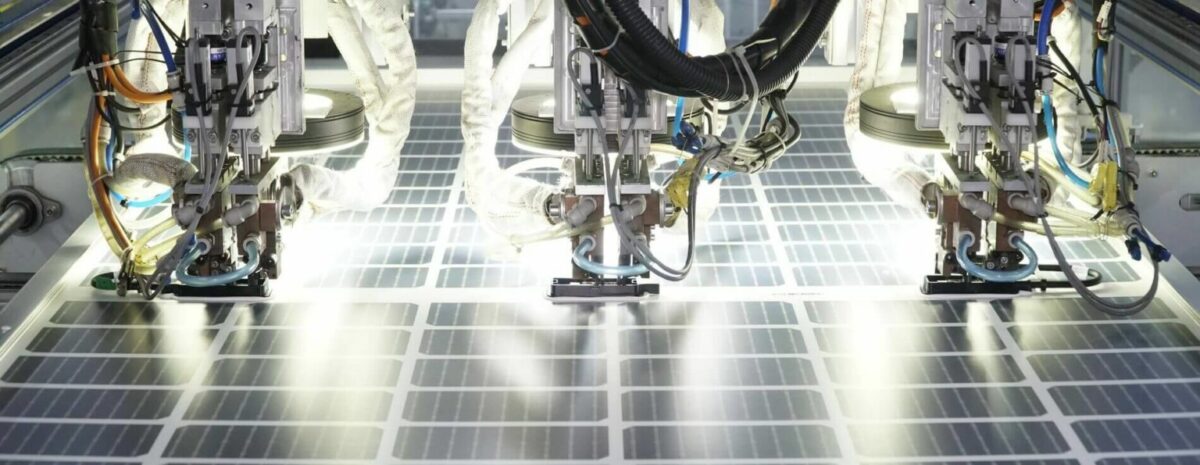From pv magazine USA
SEIA's vision and goal is that by end of this decade, the United States will be the most competitive, collaborative solar and energy storage industry in the world, and that will be accomplished with a workforce made up of American workers and its allies.
In “American Solar and Storage Manufacturing Renaissance: Managing the Transition Away from China,” SEIA points out that the move away from an over-reliance on imports for solar energy is beginning. And while we will not completely abandon global markets and supply chains, the momentum will build to the point where we can reduce our reliance on China for solar and energy storage equipment and raw materials.
SEIA reports that the United States has the capacity to produce many of the elements that are key to the solar industry: metallurgical grade silicon, polysilicon, steel, aluminum, resins, racking and mountings and other key materials. There is already a modest capacity to produce modules, inverters and trackers, and a limited source of domestic specialty glass. However, other elements have been missing almost entirely from the US supply chain, such as solar ingots, wafers and cells.
The US Inflation Reduction Act provides myriad incentives for the build out of US manufacturing, and it has effectively stimulated a number of companies to announce the intent to set up domestic manufacturing facilities. The buildout takes time, however, and for the next few years we will remain dependent on imports to fuel the rapid deployment of solar energy systems needed for the energy transition.
The largest source of solar cells and modules is currently Southeast Asia, which has manufacturing facilities run by manufacturers that have demonstrated the quality, financial stability, and compliance necessary to underwrite warrantees for their products demanded by US consumers.
While sourcing product from Southeast Asia is preferable to China, it means that the United States is still beholden to other countries to help fuel our energy transition. This presents risks, as witnessed by the supply chain challenges faced by Southeast Asia manufacturers over the past few years. According to SEIA, the best way to limit risks and build more resilient supply chains is to significantly expand domestic manufacturing.
To continue reading, please visit our pv magazine USA website.
This content is protected by copyright and may not be reused. If you want to cooperate with us and would like to reuse some of our content, please contact: editors@pv-magazine.com.




1 comment
By submitting this form you agree to pv magazine using your data for the purposes of publishing your comment.
Your personal data will only be disclosed or otherwise transmitted to third parties for the purposes of spam filtering or if this is necessary for technical maintenance of the website. Any other transfer to third parties will not take place unless this is justified on the basis of applicable data protection regulations or if pv magazine is legally obliged to do so.
You may revoke this consent at any time with effect for the future, in which case your personal data will be deleted immediately. Otherwise, your data will be deleted if pv magazine has processed your request or the purpose of data storage is fulfilled.
Further information on data privacy can be found in our Data Protection Policy.